Medical equipment plays a pivotal role in patient diagnosis, treatment, and care. Prioritizing medical equipment longevity is essential not only for maintaining the quality of healthcare services but also for managing costs effectively.
The secret to maximizing the lifespan of medical equipment lies in a combination of proper maintenance, strategic planning, and a commitment to quality. In this post, we’ll expound the key strategies and best practices that healthcare providers and facilities can employ to extend the longevity of their medical equipment.
Medical Equipment Longevity Strategies
The key strategies that secure your medical equipment longevity are;
- Proper maintenance
- Quality assurance
- Inventory management
- Staff training and education
- Asset management software
- Environmental considerations
- Replacement and upgrades
- Regular audits and evaluations
- Vendor partnerships and service contracts
- Disaster preparedness
1. Proper Maintenance
Maintenance entails keeping your medical equipment in stable and prime conditions. To do that, you should try the following tips:
Conduct Regular Equipment Inspections
Conduct routine inspections to identify any signs of wear, damage, or malfunction. Address minor issues promptly to prevent them from escalating into major problems.
Create a Scheduled Maintenance Plan
Create a maintenance schedule for each piece of equipment, following manufacturer recommendations.
Routine servicing can identify and rectify issues before they compromise equipment functionality.
Calibration
Calibrate equipment regularly to ensure accuracy in measurements and readings. Accurate data is crucial for making informed medical decisions.
Ensure Equipment is Cleaned and Sanitized
Develop cleaning protocols to maintain equipment hygiene and prevent the spread of infections. Use recommended cleaning agents and techniques to avoid damage.
Continuous Staff Training
Train healthcare staff in proper equipment usage and maintenance. Knowledgeable users can identify problems early and operate equipment correctly.
2. Quality Assurance
Quality equipment are a guarantee for better service delivery. Moreover, medical procedures are enhanced through better equipment. To maintain quality standards, try the following:
Procure Quality Equipment
Invest in high-quality equipment from reputable manufacturers. Quality equipment is more likely to be durable and reliable.
Nurture Vendor Relationships
Foster strong relationships with equipment suppliers and manufacturers. Good rapport can lead to quicker response times for servicing and support.
Comply with Regulatory Standards
Ensure that all equipment complies with regulatory standards and certifications. Compliance reduces the risk of malfunctions and safety issues.
Keep Proper Documentation
Maintain comprehensive records of equipment purchases, maintenance, repairs, and usage. Accurate records aid in tracking the lifespan of each piece of equipment.
3. Inventory Management
A health facility should know the equipment in its coffers. Keeping track of old tools is also essential in inventory management processes.
Track Your Equipment
Implement an efficient inventory management system to track equipment location and status. Automated systems can provide real-time information about equipment usage.
Rotation and Redundancy
Rotate equipment usage to distribute wear and tear evenly. Consider redundancy for critical equipment to ensure continuous operation.
Retirement Planning for Older Tools
Establish criteria for retiring older equipment when more cost-effective alternatives become available. Outdated equipment may become expensive to maintain and repair.
4. Staff Training and Education
Well-trained staff can guarantee medical equipment longevity. Consider the fact that recruitment shouldn’t limit training and continued improvement. Improve your medical staff’s proficiency through these ways:
Develop Training Programs
Develop ongoing training programs for staff on the proper use and maintenance of equipment. Regular training keeps staff up-to-date with equipment advancements.
Analyze Your Staff’s Proficiency
Assess staff proficiency in operating equipment and provide additional training as needed. Proficient users are less likely to misuse equipment, leading to fewer breakdowns. Expert users on the other hand maximize technical skills, guaranteeing medical equipment longevity.
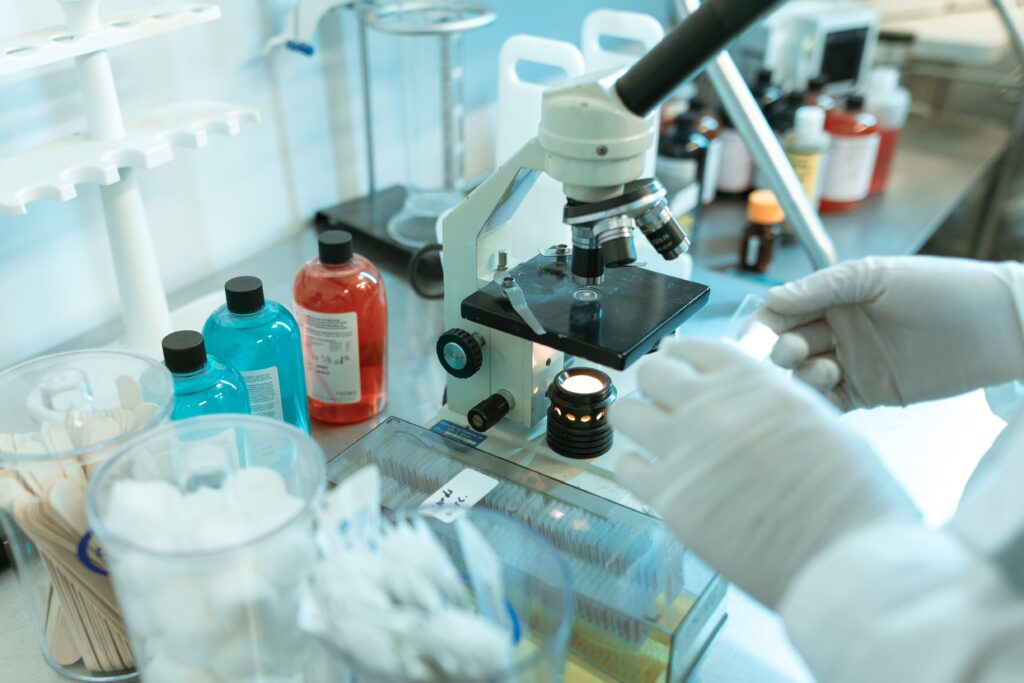
5. Asset Management Software
With advancements in technology, utilize asset management software at your disposal.
Implement Asset Tracking Software
Utilize asset management software to track the entire lifecycle of medical equipment. Automation can streamline inventory management and maintenance schedules.
Set Up Preventive Maintenance Alerts
Configure software to send alerts for upcoming preventive maintenance tasks. Proactive maintenance prevents equipment failures and disruptions to medical equipment longevity.
6. Environmental Considerations
There are environmental factors which can affect the functionality of your equipment, including exposure to dust, moisture, or adverse conditions. Keep track of the following tips:
Temperature and Humidity Control
Store equipment in controlled environments to prevent damage from extreme temperatures and humidity. Climate control is essential for sensitive equipment.
Implement Ventilation and Dust Control Measures
Dust and debris can accumulate inside equipment and cause malfunctions. Maintain clean and well-ventilated storage areas.
7. Replacement and Upgrades
Replacements should be done on time to cut off any extra costs incurred through repairs. Also, prior planning is essential.
Gauge Equipment Lifecycle
Assess the overall lifecycle of equipment, considering factors like usage, maintenance costs, and technological advancements.
Determine the most cost-effective time for replacement or upgrades. Moreover, medical equipment longevity is closely tied to an equipment’s lifecycle.
Plan Budget for Equipment Replacement Early
Allocate funds for equipment replacement and upgrades in advance. Avoid unexpected financial burdens when equipment becomes obsolete.
8. Regular Audits and Evaluations
Audits not only keep your equipment in check, but also guide any future repair and maintenence interventions.
Have Periodic Equipment Audits
Conduct regular audits to assess the condition and functionality of medical equipment. Identify underutilized or redundant equipment.
Performance Reviews
Evaluate the performance of equipment in terms of patient outcomes and efficiency. Replace or upgrade equipment that no longer meets the needs of your facility.
9. Vendor Partnerships and Service Contracts
Sign Service Agreements with Suppliers
Establish service contracts with equipment suppliers or third-party maintenance providers. Service agreements can ensure timely repairs and maintenance.
Vendors Can Provide Staff Training
Encourage vendors to provide training to your staff on equipment operation and basic troubleshooting. In-house expertise can help resolve minor issues promptly.
10. Disaster Preparedness
Disasters in the workplace that may compromise your equiment vary. Have clear guidelines in place to address any impending disasters. They include:
Put in Place Backup Systems
Implement backup power solutions such as generators or uninterruptible power supplies (UPS) to protect equipment during power outages.
Power surges affect medical equipment longevity by stressing delicate parts thus causing failure.
Maintain Disaster Recovery Plans
Develop and test disaster recovery plans that include equipment relocation or protection in case of natural disasters or emergencies.
The secret to medical equipment longevity lies in a multifaceted approach that encompasses proper maintenance, quality assurance, strategic planning, and a commitment to excellence. By implementing the strategies and best practices outlined in this comprehensive guide, healthcare providers and facilities can maximize the lifespan of their medical equipment, ensure uninterrupted patient care, reduce operational costs, and maintain a high standard of healthcare delivery. Prioritizing medical equipment longevity contributes not only to the efficiency of healthcare services but also to the well-being of patients and the sustainability of healthcare institutions.

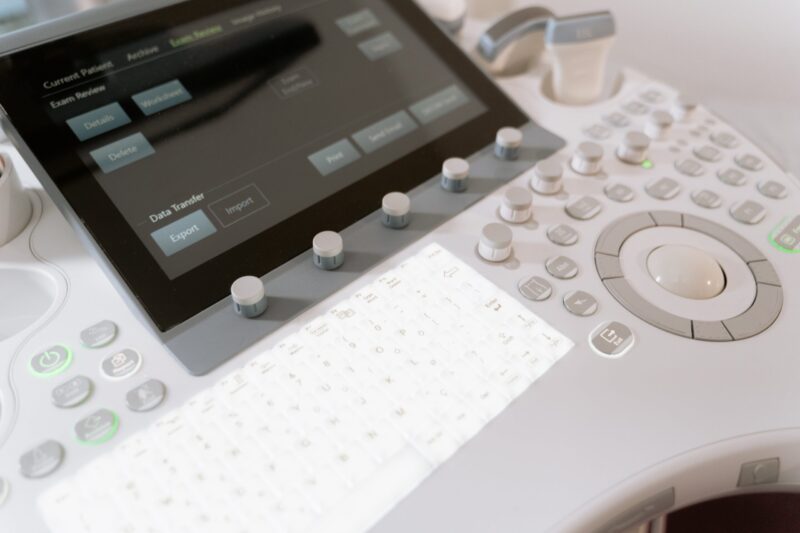
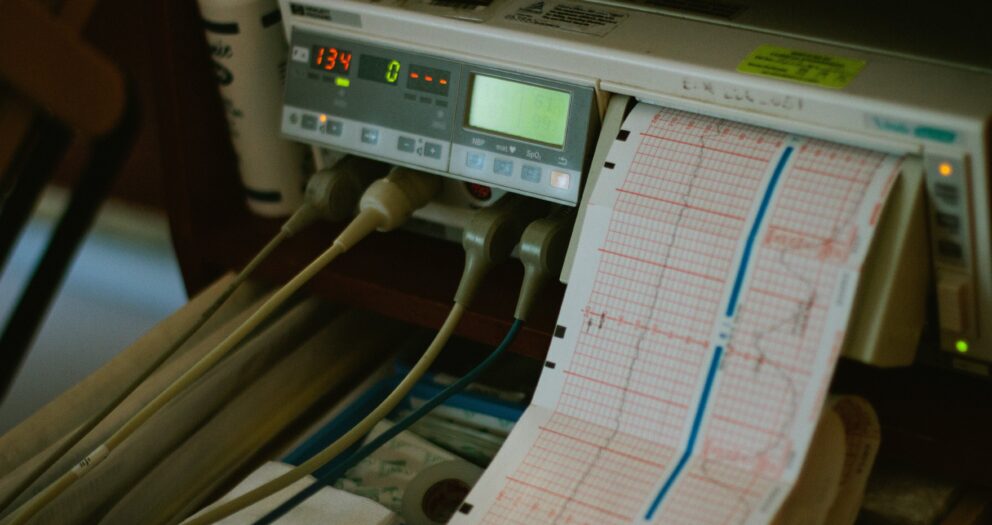
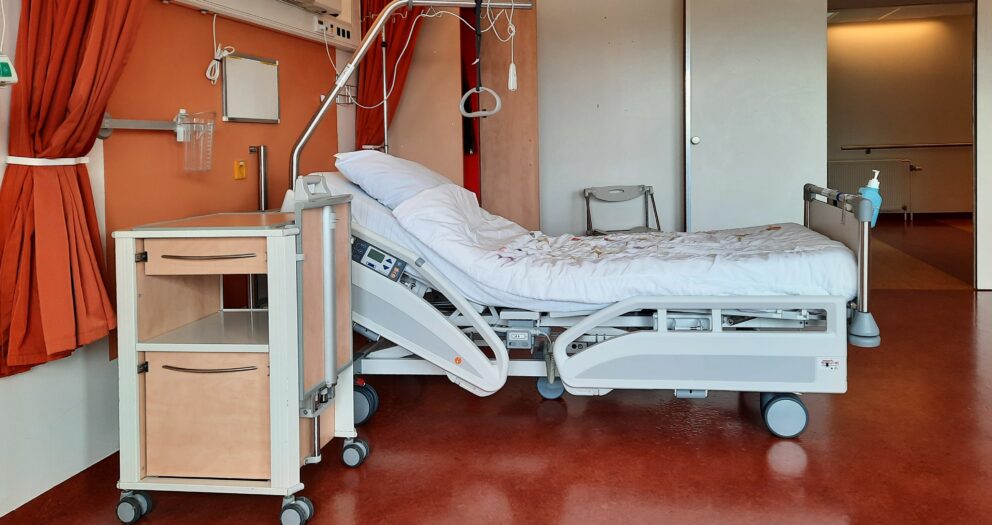
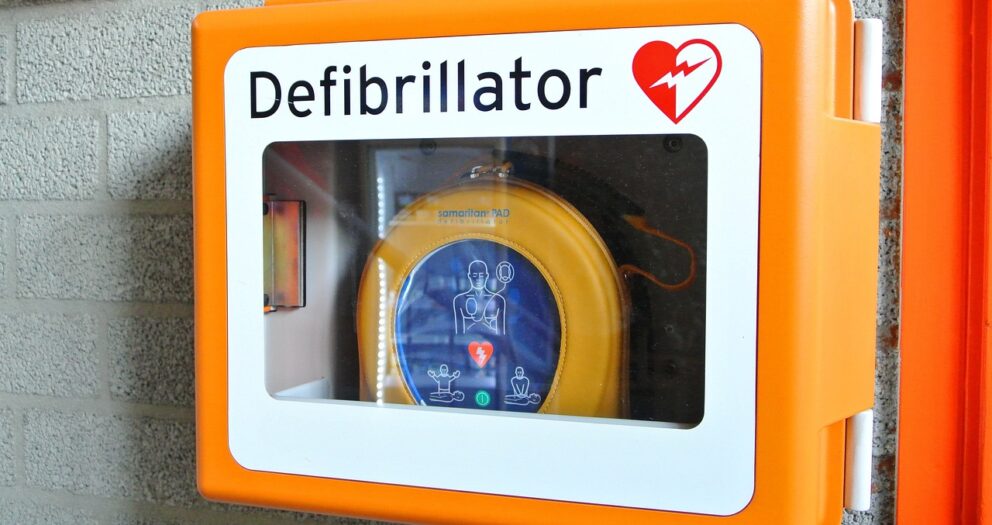
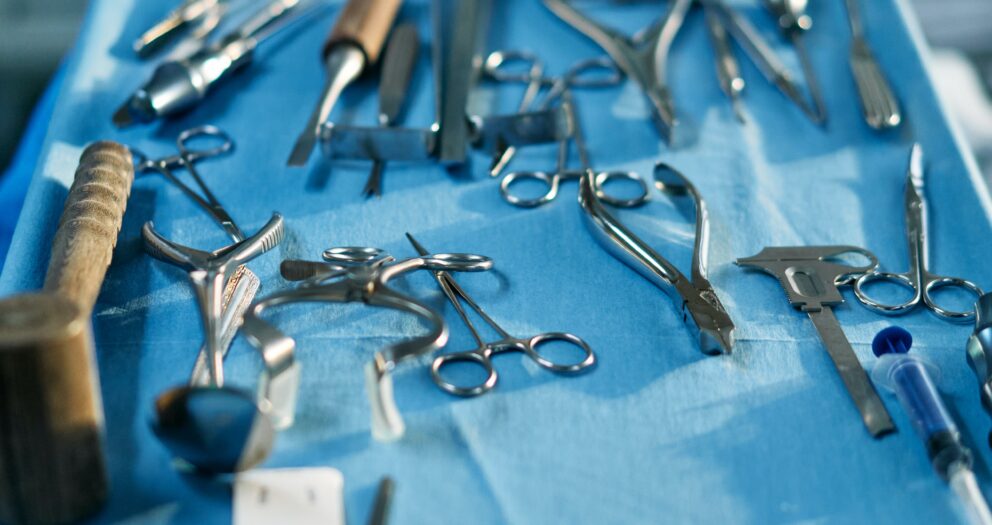

Write a comment
Your email address will not be published. All fields are required